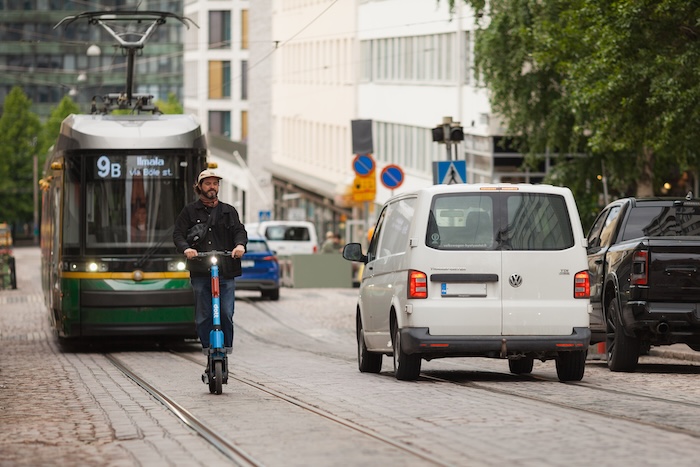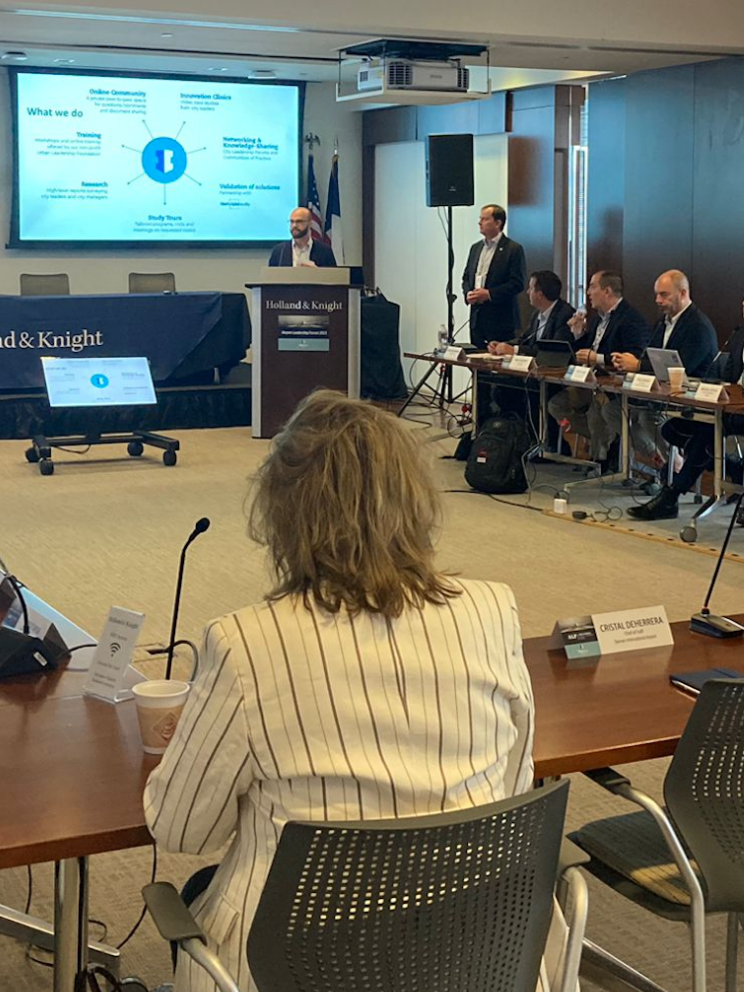
Most Uber and Lyft trips replaceable by public transit, says study
22 February 2025
by Jonathan Andrews
A new study led by the University of Michigan reveals that while rideshare services like Uber and Lyft offer convenience, most trips they serve could be handled by public transit—if transit were more accessible.
The report, published in Environmental Science and Technology, analysed over 200,000 rides in Chicago and sheds light on the sustainability and efficiency gaps between transit and transport network companies (TNCs).
The research team calculated how the cost and duration of each TNC trip compared with using transit to make the same journey. From that, the researchers could put a price on the time riders saved choosing Lyft or Uber over transit – US$34 per hour and nearly identical to the region’s median hourly wage.
The finding suggests that riders make transport decisions in line with economic expectations.

“I was a bit surprised that our median estimate of the value of time was so close to the regional average wage,” said Parth Vaishnav, Assistant Professor at the University of Michigan’s School for Environment and Sustainability. “The median rider seems to value their time in a reasonable way.”
The study also examined the broader societal costs of TNC trips, incorporating factors such as air pollution, congestion, and greenhouse gas emissions. The researchers explored the impact of policies like congestion charges, which have been implemented in cities such as Chicago and New York.
“If you were to tax riders based on how much harm they cause, it’s not clear they would behave any differently,” Vaishnav noted.
Their analysis found that adjusting ride costs to account for these externalities would increase the median value of time savings only slightly—from US$34 to US$37 per hour.
While congestion pricing and electrifying rideshare fleets can help mitigate environmental harm, the study suggests the biggest impact could come from making transit more efficient and convenient.
“If we can make transit more accessible to the user, we can make a huge impact,” said lead author Miki Tsuchiya of the U-M Center for Sustainable Systems.
Their findings highlight that 99 percent of TNC trips could have been completed using some combination of city buses and trains, yet low transit utilisation remains a challenge. In Chicago, for example, transit vehicles were operating at only about 20 percent of their capacity during the study period.
“About half of the time of a transit trip is the rider walking to a stop and waiting,” Tsuchiya explained. “That means that half the time, people aren’t actually riding.”
Reducing wait times and the distances that riders need to cover on foot could go a long way, but developing policies to do that effectively requires more robust data, the team said.
“The moral of the story is that we need more data,” Vaishnav said.
Image: Tero Vesalainen | Dreamstime.com








